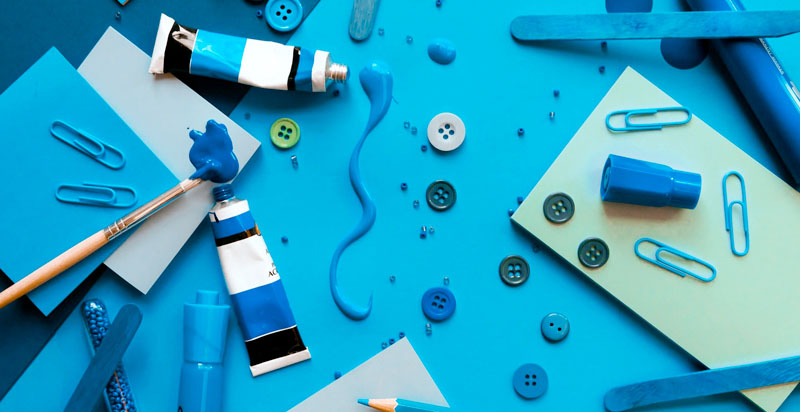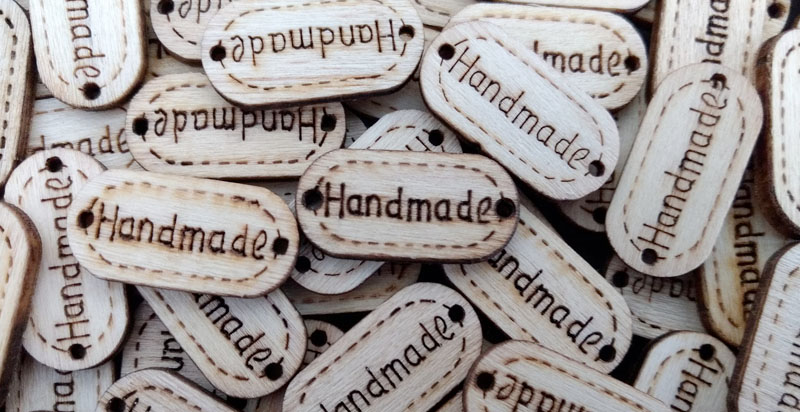As an artist, photography plays an incredibly important role in my creative process, weaving its way throughout my practice. I’m not alone in this respect, as it has been an important tool for countless artists since its invention in the 19th century. It is essential to my own work as a creator, both as in a finished piece in its own terms, as the basis for doing digital work and as a reference material for other projects such as drawings and paintings.
I generally use multiple photographs when creating my art, so I thought it would be good to share some tips for photos in your creative process. It is especially important as a reference for me, and many artists use photographs as reference points for their work. Using photography as a reference for your drawing can be a great way to strengthen your skills and create more realistic and accurate drawings. So these tips focus on using photography as a reference material.
Several times in my career, an idea has run into issues because of the reference material I’ve used. There are times when it can’t be helped, as the is not a second chance to take the photograph again. However, if you think about these things in advance, it will help you with the process. Here are a few tips for using photography as a reference for your art:
- Choose high-quality images – The quality of the reference photo can make a big difference in the final result of your drawing. Look for photos that are clear, well-lit, and in focus, as these will be easier to work from and will provide more accurate details. Alternatively, you may want to use a blurry photo if you want to try and replicate the look of it in pencils.
- Experiment with different angles – Try using photos taken from different angles, such as close-ups, overhead shots, or side views. This can help you practice drawing from different perspectives and improve your ability to accurately depict three-dimensional objects.
- Don’t be afraid to crop and zoom in – If you’re working on a specific area of the photo, don’t be afraid to crop out the rest of the image or zoom in for a closer look. This can help you focus on the details and get a better understanding of the shapes and forms you’re drawing.
- Use a grid to transfer – Grid drawings can be a helpful tool for transferring the image from the photograph to your drawing paper. Simply draw a grid over both the photo and the paper, and then use the grid to help you accurately place the lines and shapes on your drawing. If you keep the grid square, then it’s easier to transfer.
- Don’t rely on the photo completely – While using a photo as a reference can be helpful, it’s important to remember that it’s just a starting point. Don’t be afraid to make changes and adjustments to the image as you draw, as this can help you create a more expressive and original piece of art.
- Use multiple reference photos – If you’re having trouble getting the details right or if you’re trying to capture a sense of movement or action in your drawing, using multiple reference photos can be helpful. Look for a series of photos taken from different angles or at different points in time, and use these to get a better understanding of the subject you’re drawing.
- Don’t get too attached to the reference – While using a reference photo can be a great way to improve your skills, it’s important not to get too attached to it. Remember that the goal is to create your own artwork, not simply to copy the photo. Use the reference as a guide, but don’t be afraid to make changes and put your own spin on the image.
- Experiment with different mediums – Using different mediums can help you develop your skills and explore new techniques. Try working with different materials, such as pencils, charcoal, or watercolours, and see what works best for you.
- Keep practising – This is undoubtedly, the most important thing for an artist, and what I tell everyone who says they can’t draw or have no ability at art. It applies to both drawing from life and drawing from photo references. The more you practice using photography as a reference, the better you’ll become at it. Don’t be afraid to try out different techniques and approaches, and remember that it’s okay to make mistakes. The key is to keep practising and learning from your experiences.
I hope these tips have given you something to think about, and if you’re planning to use photos, or already do, will help you towards creating great artworks!



